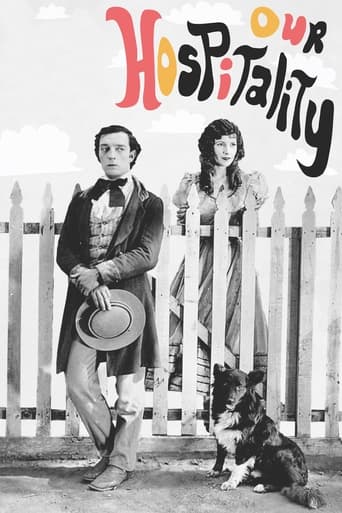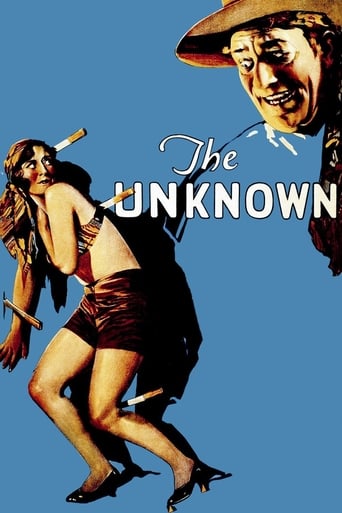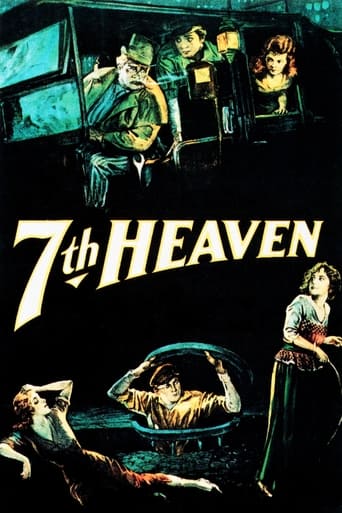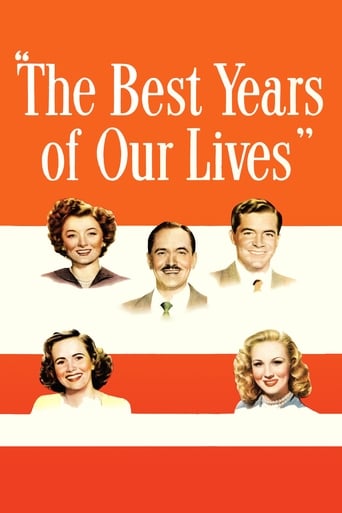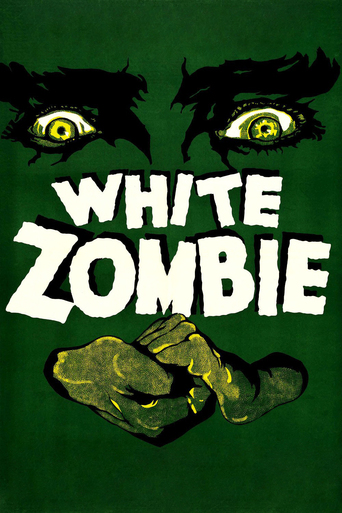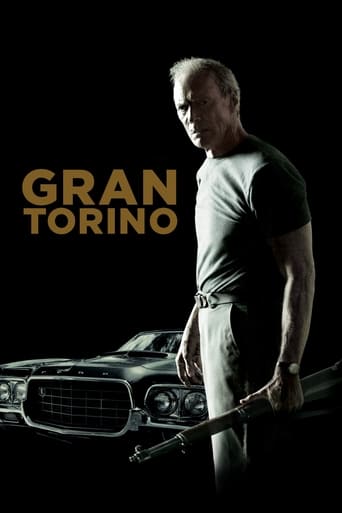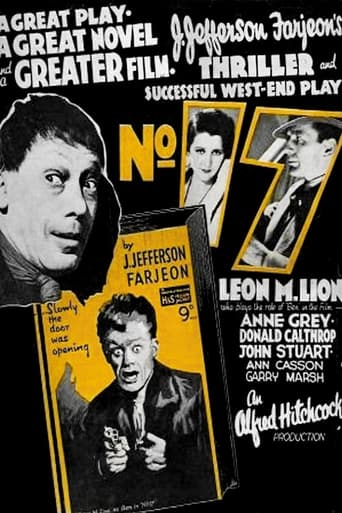


Number Seventeen
A gang of thieves gather at a safe house following a robbery, but a detective is on their trail.
-
- Cast:
- Leon M. Lion , Anne Grey , John Stuart , Donald Calthrop , Barry Jones , Ann Casson , Garry Marsh


Similar titles
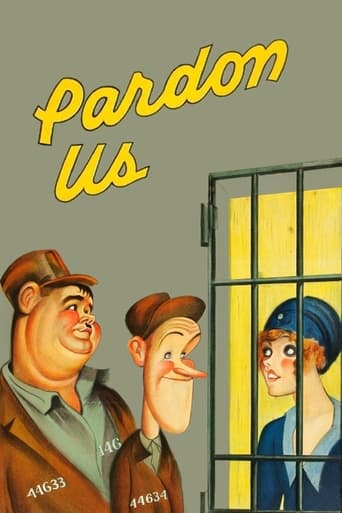
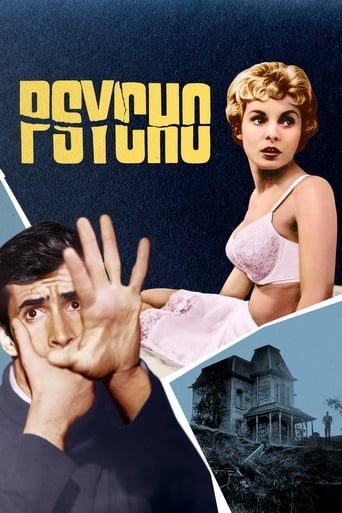
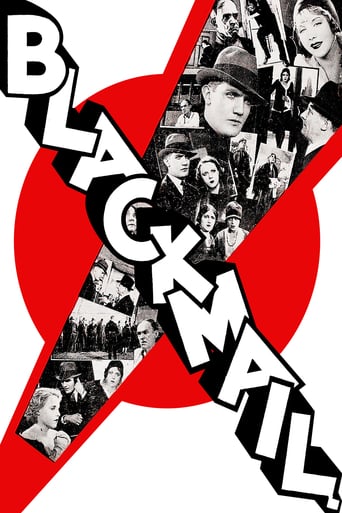
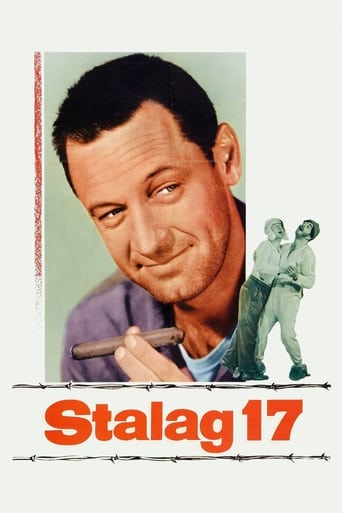




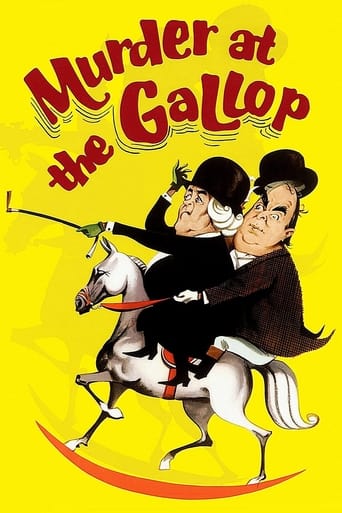
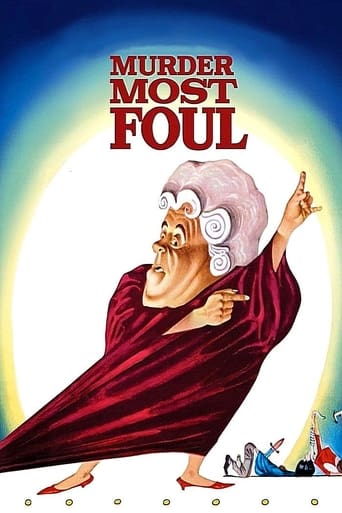
Reviews
Best movie of this year hands down!
As Good As It Gets
A movie that not only functions as a solid scarefest but a razor-sharp satire.
The storyline feels a little thin and moth-eaten in parts but this sequel is plenty of fun.
Assorted characters bump into each other in a seemingly empty house on a dark and windy night. This is one of Alfred Hitchcock's least popular films, with many even going so far as to call it his worst (I assume they have been mercifully spared viewings of Jamaica Inn, Juno and the Paycock, and Topaz). I actually like it. Not love but like. Yes, I found Leon M. Lion as annoying as everyone else the first time I saw this. But having seen it a couple of times since he bothers me much less than he did originally. It's a good-looking picture with some nice "old dark house" atmosphere going for it and the beginning and ending are sequences worthy of consideration for Hitch's 1930s highlight reel. If you like ODH films, which were certainly very popular in the '20s and '30s, then you will probably enjoy this one. I think if it didn't have Hitchcock's name attached, with the high expectations that come along with that, then it might be more appreciated.
You can witness elements of what will become the director's style, but overall the pace is fairly plodding and the story pretty lame and confusing. One immediately notices the experimentation with the camera, from the hand held shot at the beginning when the actor John Stuart enters the "house for let", to the many candle lit scenes as the characters mount the stairs and explore the house, to the quick cuts used later in the chase to add suspense.Additionally, the comic elements used during moments of tension foreshadow the director's later works. One shot, which he used again in The 39 Steps (1935), occurs when the two men discover the body and their screams are masked by a passing train's whistle. The suspenseful, harrowing chase, though clearly done with miniatures, is also a tried and true characteristic later associated with Hitchcock, to say nothing of the use of trains in his films in general.The story begins with "Stuart" entering an abandoned house, full of cobwebs. He soon meets another man, a rather odd cockney-accented Igor type, who says his name is Ben, and the two of them stumble upon a corpse. Rather oddly, "Stuart" is able to "control" Ben, and there are some really slow moments where not enough tension is built before the next thing happens. Plus, oftentimes what happens next is not enough of a payoff for our wait. There are also some seemly disconnected cutaways, e.g. to doors slamming etc., which show us that the great director was still finding his way in this film.Shortly thereafter, a young woman (Nora) falls through the rotted ceiling and onto the two men. She provides a clue, a telegram from her father which mentions necklace stolen by Sheldrake from a detective named Barton. Soon there is a knock at the door which "Stuart" goes to answer. After inserting a card with Number Seventeen scrawled on it, a man and a woman are revealed behind the door. They want to see the "house for let". As "Stuart" is closing the door, a second man, not connected with the man and woman, also enters.When all of them mount the stairs, "Stuart" tries to slow them so they won't discover the corpse, but Ben informs him that the body has disappeared. This leads the two men and woman, who is identified by one of the men as a deaf-mute (and looks a little like Mary Astor), to take control. They tie up "Stuart" and Nora while Ben hides in another room. Ben is then "strangled" by Sheldrake, the "corpse", who'd been hiding in the room. With far too many cuts back and forth between the prone Ben and Sheldrake, who's not sure Ben is really "out", Sheldrake removes the diamonded necklace from the loo (the director's humor was in tact back then;-) but unbeknownst to him, Ben pilfers it from him before he exits.What follows is a really poorly done fight sequence which allows Sheldrake's gang (the two men & the woman) to leave after tying up "Stuart" and Nora. A chase ensues with perhaps the most suspense the film can manage, though it feels somewhat overlong. A crash, a rescue in water, and a couple of not altogether unexpected twists end the film.
Although I have not seen all of Hitchcock's UK sound films, this has got to be the worst. It opens like Dreyer's VAMPYR (released the same year as this), murky doings in an old house, people coming and going, a dead body disappears, and all in silence. Then characters arrive and interact with each other. However, without any exposition and with the sound recorded so low, one can't make out what is going on or what they are saying. The accents are omnipresent, the speech is fast, there is a cockney fellow, Ben, whose every word is indecipherable. Henry Higgins would have run screaming from the theater.After half an hour of this muddled dialogue and people wandering around encountering each other, we suddenly cut to a chase between two models, one of a bus, the other of a runaway train, for another half hour, until the obligatory crash at a canal barge, a few rescues and the end title. My print ran 1:05:33.This would have fared better as a silent with numerous title cards, explaining either what we just saw and/or what we are about to see. If indeed there was a plot. Or is this a joke, pulled over our eyes by Hitch, just to see what we'd make of it. There is a hallucinatory effect over the whole project, as if we were drugged and trying to make sense out of brain fog.In any case it is a waste of time and along with JUNO AND THE PAYCOCK three years earlier, a true low in the director's oeuvre.
Early Alfred Hitchcock film that finds a bunch of criminals gathered at a house following a jewel robbery. Hot on their tail is a detective and as the tension mounts and suspicion begins to take a hold, it unravels that all is not as it at first seemed.Hitchcock didn't want do do it, he got lumbered with it, and later in his career he would remark that the film was a disaster. While that statement is not exactly true, it is a bit of a mess of a film, but such is Hitchcock's standing in cinema, we can now view it and appreciate some nice touches whilst acknowledging it's an odd blend of chaos and drama. First two thirds is set in one darkened house full of shadows, suspicious characters and creaky dialogue. There's impressive expressionistic photography to enjoy, which is good since nothing makes much sense and it's so murky it's hard to follow the plotting. Then the story breaks out to become a pursue and chase thriller, where a number of vehicles enter the fray with a mix of models and footage blended together for desired exciting effect. Then on to the reveal and it's end credit time. Wrapped up neatly in just over an hour.The good moments make it worth the watch, especially for Hitchcock fans who get a little taster of what would come from him further down the line. But it isn't essential Hitchcock viewing and ultimately the great director's displeasure with it says far more than any critical reviews can. 5/10

